How Google Can Be The Key Sales Driver For Your Business


Google has revolutionized the Internet and how we do just about everything, and commerce is no exception. Searching for products and stores has never been easier, and the advent of Google Shopping has taken this to the next level. Now, with just a few clicks, shoppers can search through a long list of products and compare them before making their purchase.
This digital shopping revolution has certainly boosted the bottom line of web-based stores, but what about local brick-and-mortar businesses? While many people forecast a loss of custom for these physical storefronts as more and more shoppers turn online, it doesn’t have to be this way. Believe it or not, Google is working to keep brick-and-mortar businesses alive and thriving, and Google Shopping is a big part of this plan.
How is Google helping local businesses? It is doing it in several ways:
- Local Inventory Ads
The first way Google is helping local businesses is through a relatively new service called Local Inventory Ads. These advertisements are designed specifically for brick-and-mortar stores to be represented on Google Shopping alongside other e-commerce ads and displays. In fact — as hard as this may be to believe at first — local businesses don’t even have to have a website or any sort of online presence at all to be included in Local Inventory Ads!
In essence, with Local Inventory Ads, Google Shopping becomes that company’s digital storefront. It displays things such as products and prices, and it can even allow customers the chance to buy it online. All it takes is some digital know-how and a willingness to try something new on the part of the business owner, but once this information is set up these ads can help drive traffic to local business’s front doors.
How does it work? Well, if you are a business owner it does require a little bit of work on your end. The first thing you need to do is take advantage of some of the free services that Google offers by creating a few specific accounts — in this case, My Business, Merchant Center and Adwords. All three of these services are necessary to create a successful local ad.
Google My Business
Google My Business is basically a list of directory information that Google has about your business. If you have not set up a Google My Business account yet, this is crucial, because Google uses this to help know who you are, what kind of business you run, where it’s located and other vital pieces of information. Without an accurate representation in Google My Business, your store will not show up in searches.
It’s not just about directory information, though. Google My Business also plays a vital role in helping customers know the store location. If you’ve ever brought up a store location in Google Maps, that location was provided courtesy of Google My Business. Without this feature, customers will have a hard time finding your store or knowing how to get there in the first place.
Google Merchant Center
Where Google My Business is about getting your company’s name and information out there, Google Merchant Center is where business owners upload products and other information so that Google Shopping can display those items when the time is right. For customers to buy from a store, those products have to show up in a search — it’s the Google Merchant Center where this sort of information is uploaded.
This is also where you start the process for Local Inventory Ads. Once activated, you will be prompted to upload several documents that will help Google know your products, their descriptions, how much they cost, how many you have in stock and other useful information. These documents (the “Local Product Feed” and the “Local Product Inventory Feed”) tell Google everything it needs to know to correctly pull your products when a digital search takes place. They also let Google know just how many units you have for sale. As you might imagine, this information needs to be updated from time to time so that Google can accurately represent your store and its information. It can be a time-consuming process, but the end result is very worth it — even without a website, customers can search your store and even buy products!
Google Ads
Google Ads (formerly known as Google Ad Word)s is part of Google’s overall advertising service. It’s here that a business owner can set up marketing strategies, pay for search-engine boosts, research and pay for keyword usage that will help Google searches turn up their products and pages and so much more. To have a profitable digital storefront, having and managing a Google Ads account is another important piece of the puzzle.
Google Ads is also important because it’s there that the store owner sets up and activates the local ads. Once that is done, Google takes it from there. If the store in question is completely offline, Google can now act as a digital storefront, allowing it to reach customers it would not have been able to reach otherwise. If the store is both digital and physical, Google decides based on a number of factors which advertisement to display to the searcher.
2) Affiliate Local Extensions
Another way Google is helping drive traffic to local brick-and-mortar stores is through the use of Affiliate Local Extensions. So, how is this different?
Well, where Local Inventory Ads focus on individual stores, Affiliate Local Extensions help users search for and find products and brands that are being carried locally in any number of stores. This service is directed to manufacturers who want people to know where all their products might be carried.
A Google search using Affiliate Local Extensions can bring up several stores where a product might be in stock. In addition, Google prioritizes these results based on the user’s location, which means that all stores — not just big box stores or stores with websites — are essentially in play, depending on what product is being advertised and whether or not the store owner has set up Google My Business and Google Merchant accounts.
Not only will Affiliate Local Extensions bring up product information, but it can also display other helpful things as well, such as photos of the store, business hours and other necessary pieces of information. Again, much of this depends on whether or not the store owner has made the required preparations in Google — but assuming that has been done this digital avenue is ready to help lead users to their stores!
3) Other Services
These two programs constitute much of what Google is offering, but that’s not everything. There are ways Google is working towards improving its ability to point customers towards your physical store.
For example, Google now offers to provide location information for video campaigns that a business owner might run on YouTube — so people watching the ad can easily know where to go.
When it comes to beefing up your advertising, Google has introduced a new, competitive feature which basically lets you outbid others for vital ad space. Use this feature to check out your competitors’ prices on similar products. Find someone who is selling at a lower price than you? Raise how much you bid for ad space to get the word out that you can offer a better deal.
4) Helpful Telemetrics
If you are using these various products, then it’s important for you to know how they are performing. Is your Google Ads account actually drawing in eyeballs, which then convert to sales and visits?
Thankfully, Google has several different ways to help you know exactly how your various Google accounts are performing. By going into Google Ads, you can run various reports to see how things are doing. This includes singling out your Local Inventory Ads and measuring performance on your Google storefront. Data like these are incredibly useful for knowing what products and services are performing well, and which need to be re-evaluated in order to become more effective.
However, you do it, it’s plain to see that Google isn’t just a website for digital shopping anymore. By employing things such as Local Inventory Ads, Affiliate Local Extensions, Google My Business, and other services, you can harness the power of this internet juggernaut to drive digital (and foot) traffic right to your door.
Mike Patel is the Founder and CEO of ioVista, a leading digital commerce agency specializing in eCommerce solutions. With a strong background in business and technology, Mike Patel has been at the forefront of driving digital transformations for businesses. He has successfully navigated the ever-changing landscape of eCommerce, helping companies leverage the power of online platforms to grow their brand, increase revenues, and optimize their digital presence. Under his leadership, ioVista has become a trusted partner with major technology companies: Adobe/Magento, Google, BigCommerce, Shopify, and Yahoo. He is dedicated to staying ahead of industry trends, adopting cutting-edge technologies, and continuously improving strategies to provide clients with a competitive edge. Mike’s commitment to excellence and client satisfaction is evident in every project ioVista undertakes.
Popular Posts
Start Your Free Website & Platform Assessment.
Get in touch with us if you have a web development or digital marketing project that you would like to get underway!

TOP


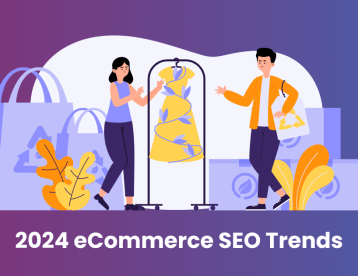
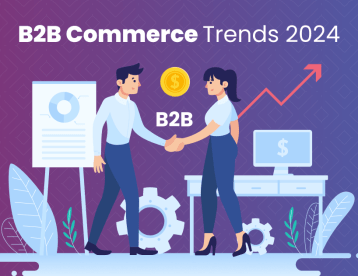

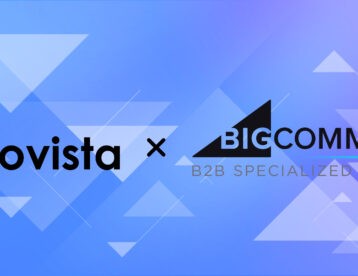
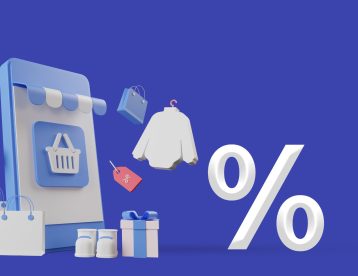

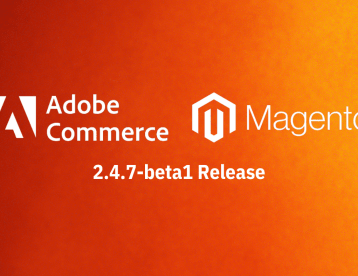
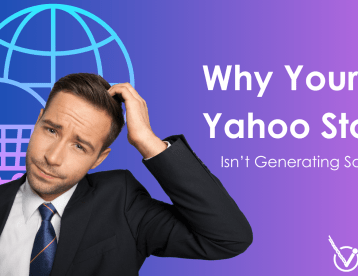

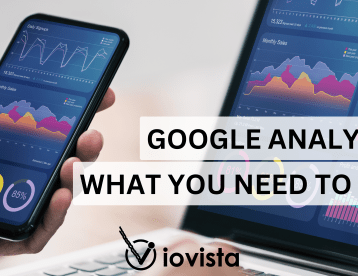
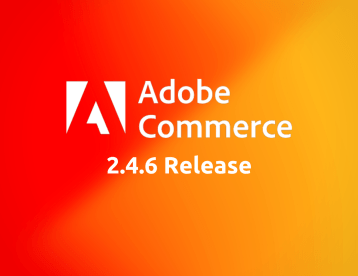



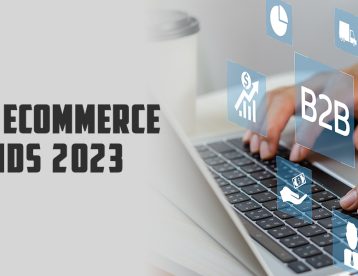
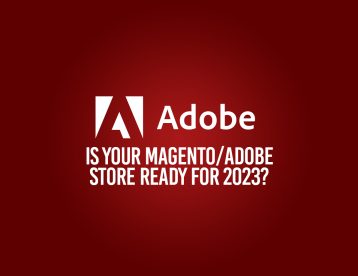
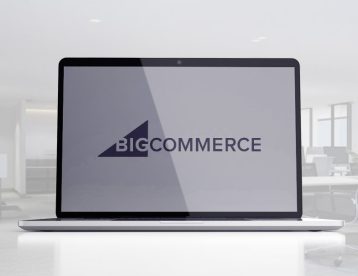
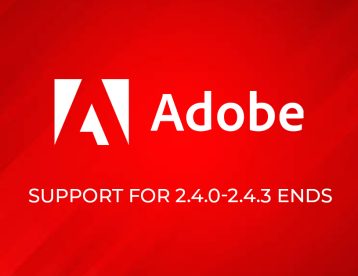

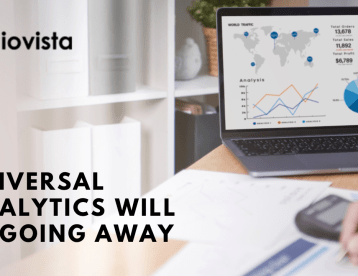


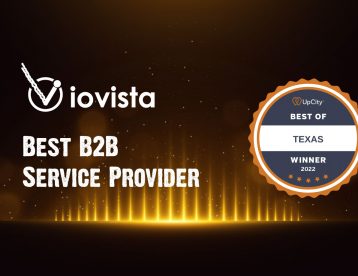
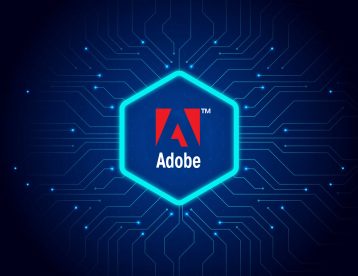


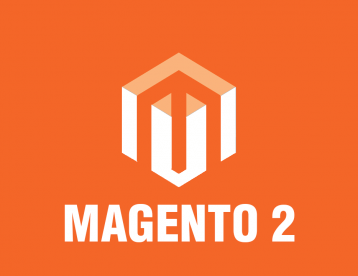


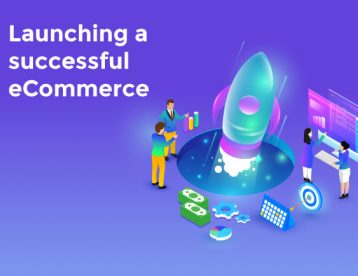

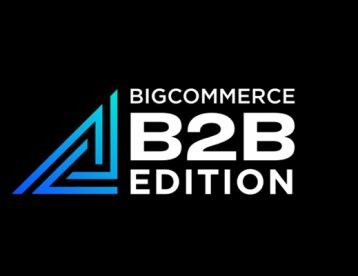
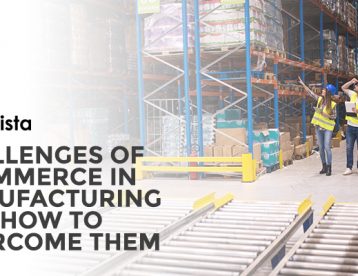
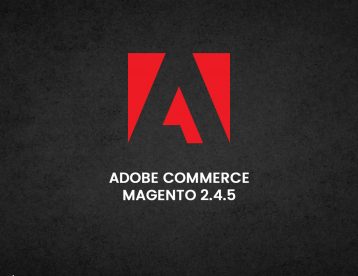
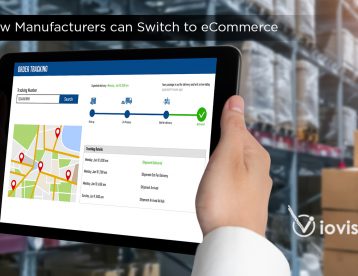
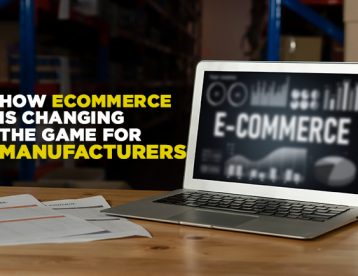



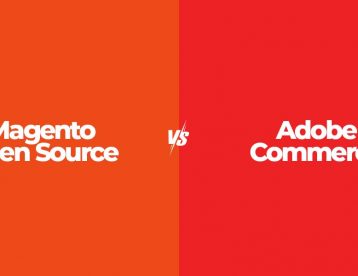
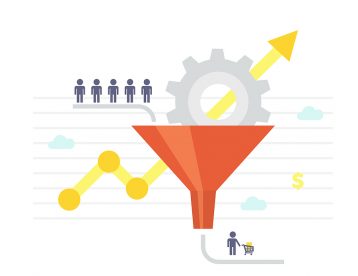


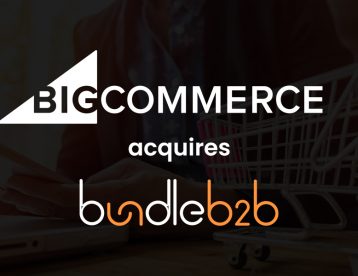

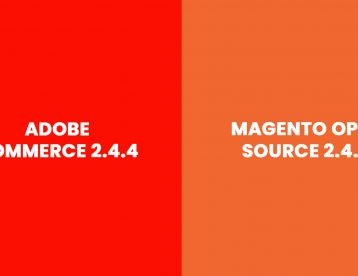
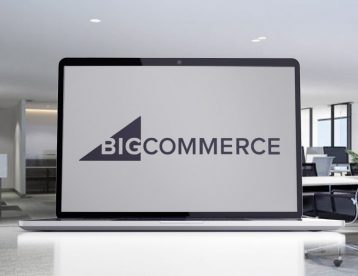

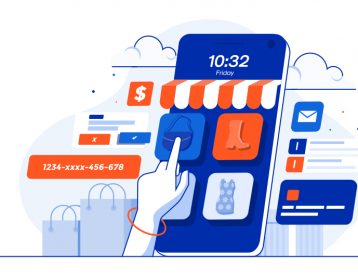


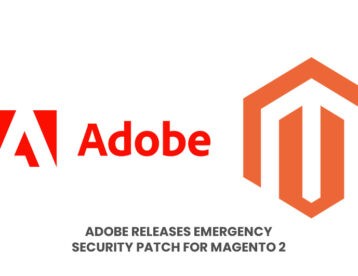

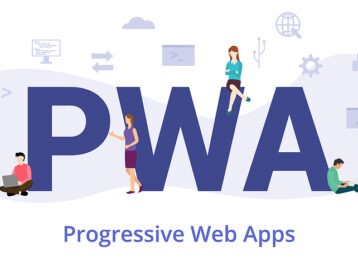
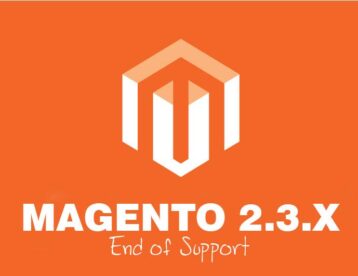
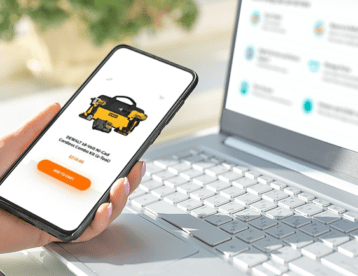








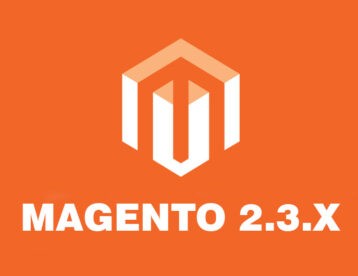


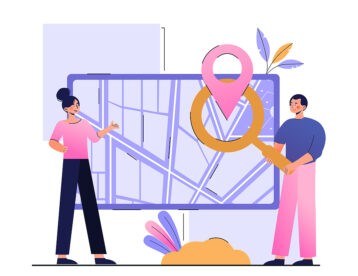

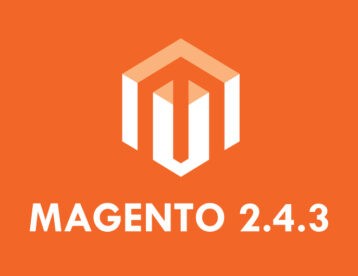

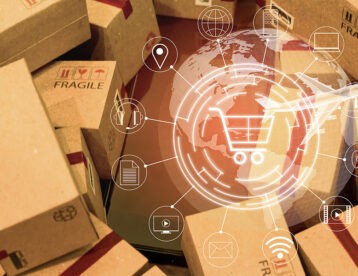





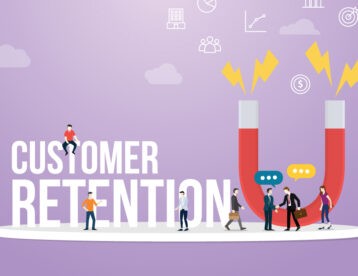


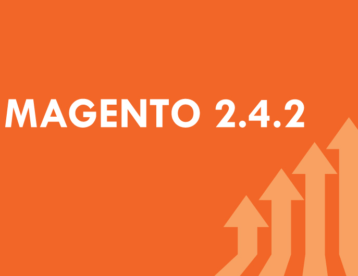



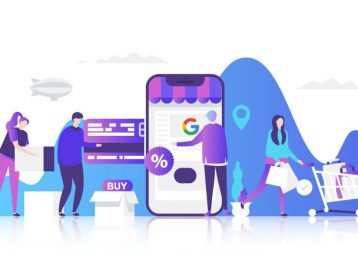


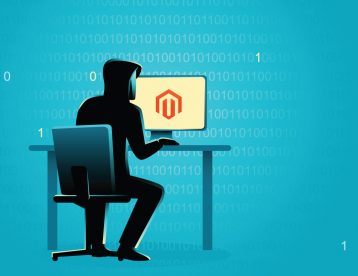

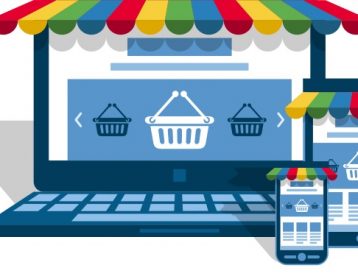


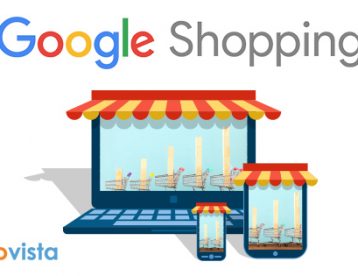
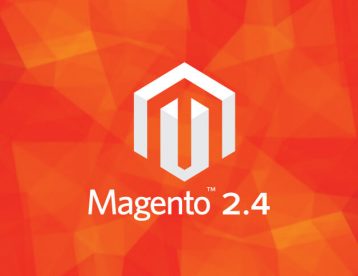
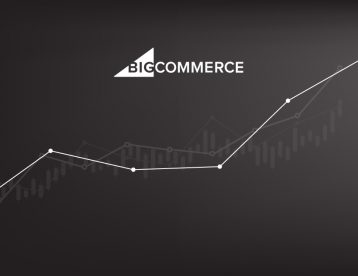

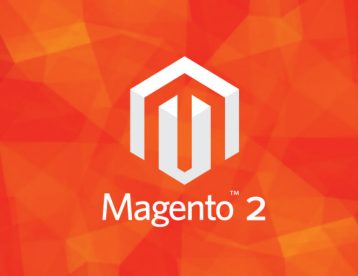
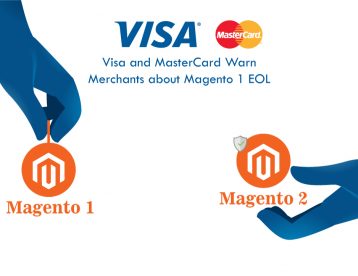

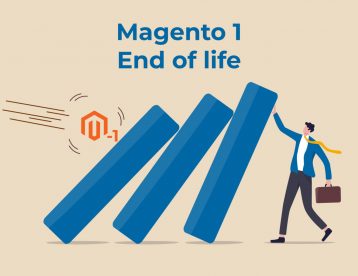
Get in Touch